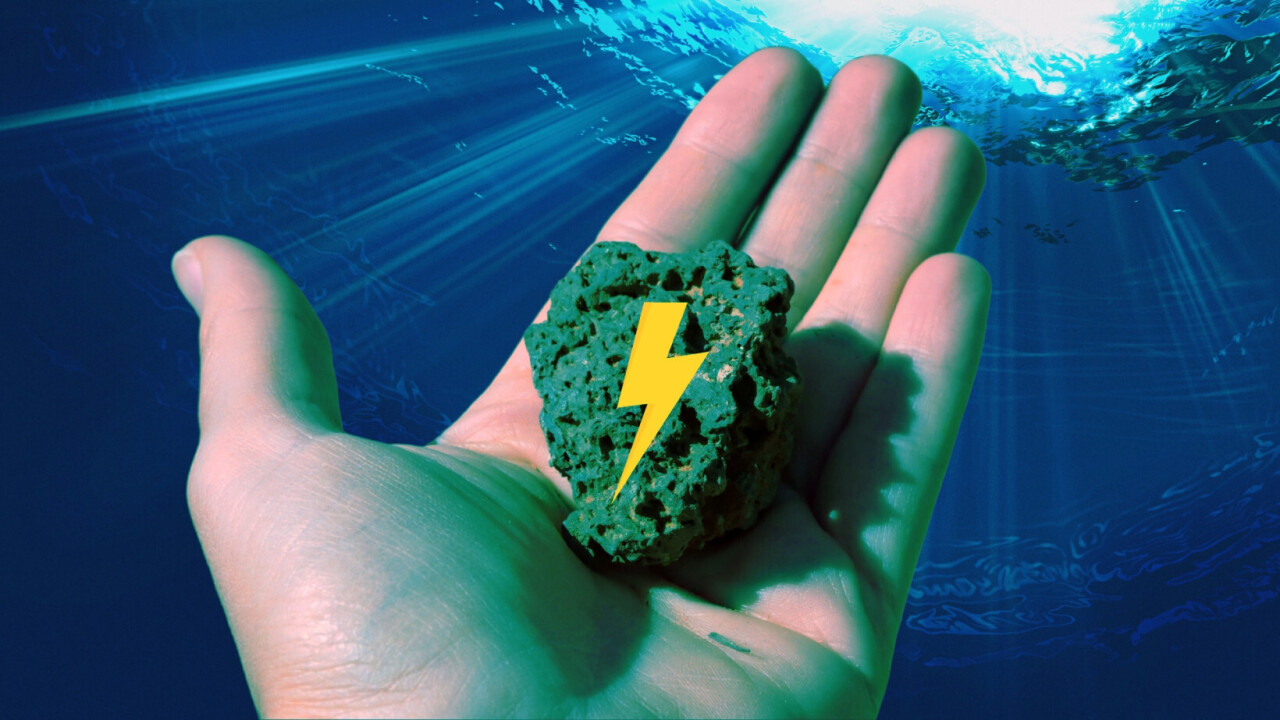
Scientists have discovered oxygen-generating ‘battery rocks’ on the ocean floor that could challenge long-held beliefs about the origins of life on Earth — and make a strong case against deep-sea mining.
A team led by Professor Andrew Sweetman of the Scottish Association for Marine Science (SAMS) made the discovery while on fieldwork in the Pacific Ocean. The researchers were scanning the seabed 4,000 metres below the surface, a region known as the Clarion-Clipperton Zone, for polymetallic nodules.
The potato-sized lumps contain metals such as manganese, nickel, and cobalt — key ingredients in lithium-ion batteries. These characteristics have made the nodules the target of deep-sea mining, as manufacturers scramble to feed skyrocketing demand for batteries for use in everything from EVs to smartphones.
But during their experiments, published in Nature Geoscience this week, the scientists found that the nodules were already carrying a very high electric charge. They were acting like natural rock batteries. They were loaded with enough electricity, in fact, to cause seawater to split into hydrogen and oxygen in a process called seawater electrolysis.
Just 1.5 volts — the same voltage as a typical AA battery — is enough to split seawater. Sweetman and his team recorded voltages of up to 0.95 volts on the surface of single nodules. When multiple nodules clustered together, the voltage was much higher, just like when batteries are connected in series.
Scientists have long believed that the first oxygen on Earth was produced by cyanobacteria about 3 billion years ago through photosynthesis. But the discovery that polymetallic nodules can produce so-called “dark oxygen” — without the presence of light — is forcing a rethink.
Nicholas Owens, director at SAMS, called it “one of the most exciting findings in ocean science in recent times.”
Sweetman and his team first detected the presence of dark oxygen in the Clarion-Clipperton Zone over 10 years ago.
“When we first got this data, we thought the sensors were faulty, because every study ever done in the deep sea has only seen oxygen being consumed rather than produced,” he explained. “But over the course of 10 years, these strange oxygen readings kept showing up.”
Deep sea minerals
As the battery market booms, companies are looking for new sources of scarce minerals. The Metals Company, a Canadian deep sea mining company, has its sights set on exploiting the polymetallic nodules of the Clarion-Clipperton Zone.
“Several large-scale mining companies now aim to extract these precious elements from the seafloor at depths of 3,000–6,000 metres below the surface,” said Professor Franz Geiger, a chemist at Northwestern University, US, who helped Sweetman conduct the research.
But for decades, scientists have feared that these activities could cause irreparable damage to deep sea life. And now, the discovery that rocks are producing dark oxygen makes the calls against deep sea mining ring even louder.
“We need to rethink how to mine these materials, so that we do not deplete the oxygen source for deep-sea life,” said Geiger.
Nodule-rich areas of the ocean floor can support more biodiversity than tropical rainforests.
“In 2016 and 2017, marine biologists visited sites that were mined in the 1980s and found not even bacteria had recovered in mined areas,” said Geiger.
“In unmined regions, however, marine life flourished. Why such ‘dead zones’ persist for decades is still unknown. However, this puts a major asterisk onto strategies for sea-floor mining.”
Get the TNW newsletter
Get the most important tech news in your inbox each week.




